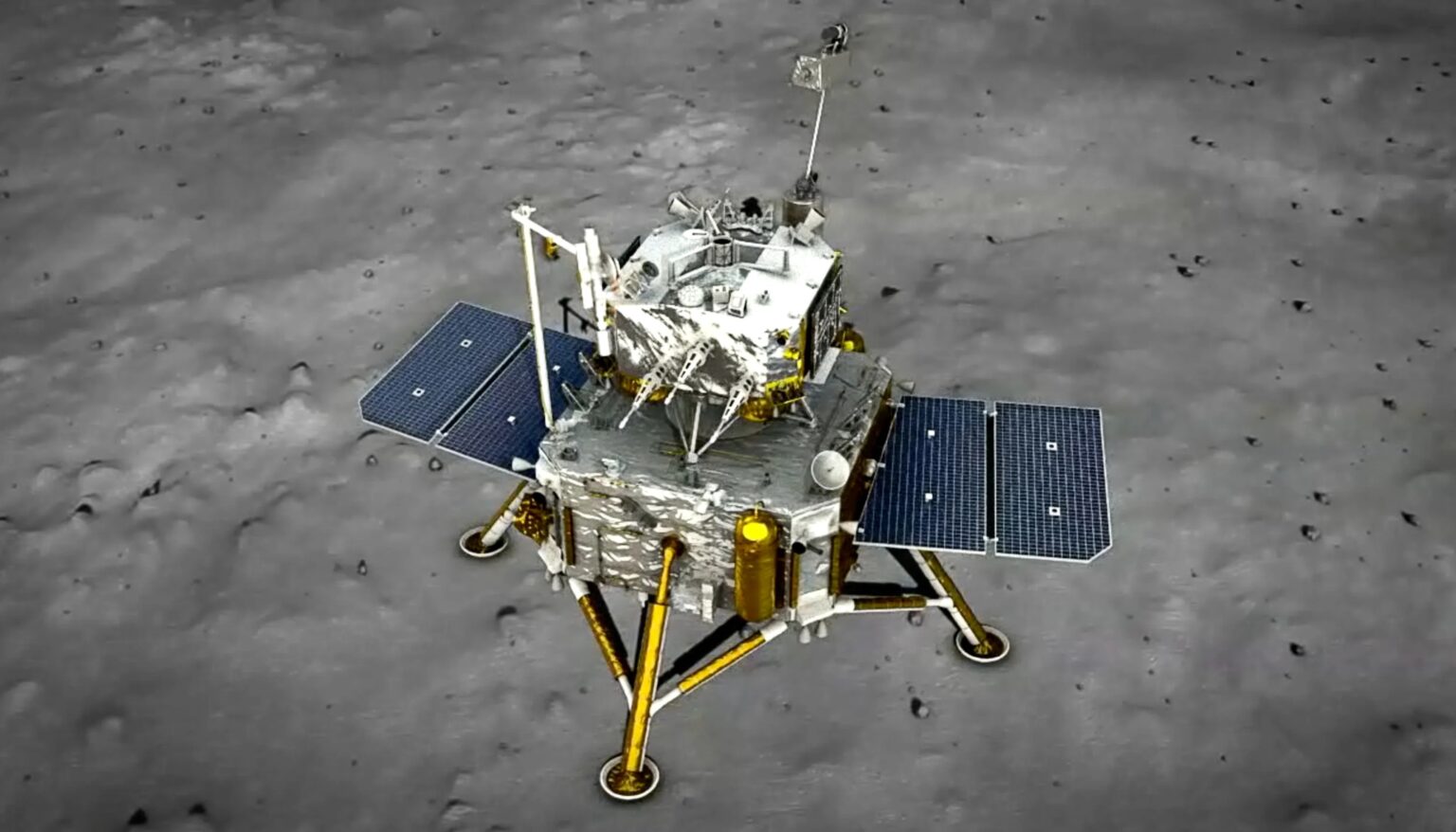China’s Chang’e-6 mission is preparing to leave lunar orbit and travel to Earth. On June 25, the capsule with samples collected on the far side of our moon is expected to land on the territory of the Inner Mongolia region in China.

Chang’e-6 prepares for the journey home
China’s unmanned Chang’e-6 mission is currently in lunar orbit, but should soon begin the process of deorbiting and flying toward Earth. In anticipation of this event, more than 200 Chinese scientists associated with the study of our moon held a conference devoted to the expectations of the arrival of new samples from our planet’s moon.
Chang’e-6 was launched from Earth on May 3 this year. For a month, it approached its target and then circled over the Moon. Finally, on June 3, the landing module separated from it and headed for the South Pole-Etkein Basin. There it took soil samples, conducted a number of studies and already on June 5 returned to orbit, where it docked with the main module.
The collected samples are expected to return to Earth on June 25. The capsule with them should land in a predetermined region of Inner Mongolia province. There it will be picked up by scientists, taken to a laboratory and opened there.
What the samples from the far side of the moon can tell us.
The Chang’e-6 mission is primarily seen as a success for the Celestial Empire. Moreover, this is said both by the Chinese and by those who do not like them very much. After all, the samples from the Moon clearly demonstrate how close the country really is to landing a man there. Although, the Chang’e-7 and Chang’e-8 missions are still to come.
Meanwhile, in fact, scientists from many countries are waiting for them. Proof of this will be the support of the European space tracking station Maspalomas. It is located in the Canary Islands and will track the craft until it lands on June 25.
Scientists from other countries also already have an agreement with the Chinese to study the collected samples. They expect to learn why the moon’s two hemispheres are so different and how this relates to the giant collisions it experienced early in its history.
According to www.space.com


